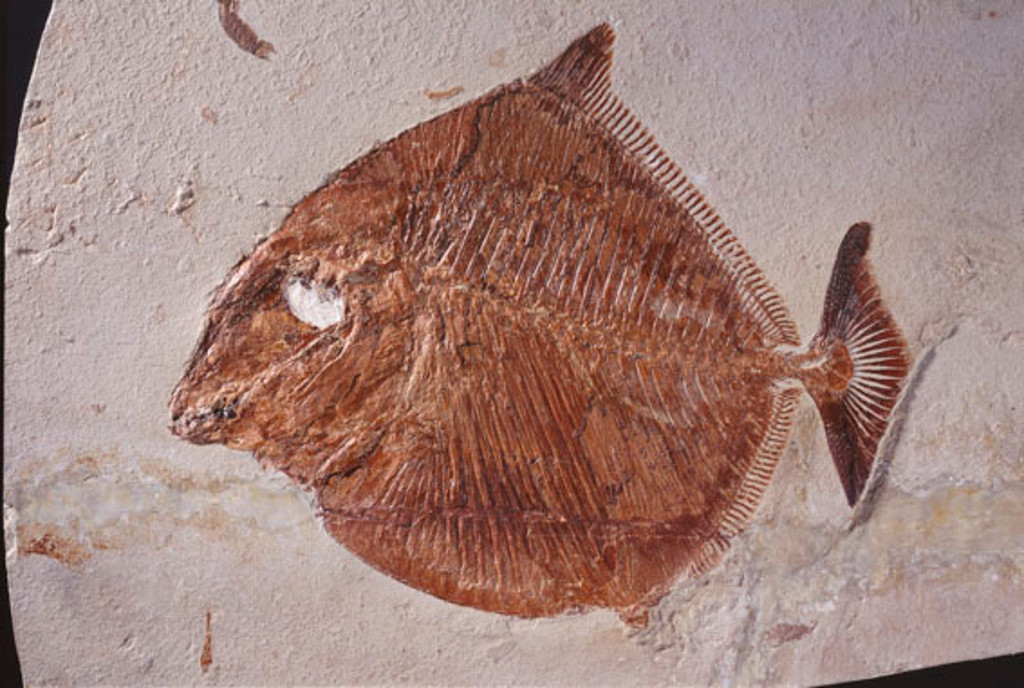The Geopark Information Centre is the gateway to the UNESCO Geopark Harz.Braunschweiger Land.Ostfalen. The exhibition offers an exciting journey through the last 290 million years of the Braunschweig area's geological history.
Oceans, Times and Rocks
If you listen very closely you might hear it in the distance: the sound of the sea! An unimaginably long time ago the rocks of the mountain chain “Elm” were in fact the bottom of the ocean! Let’s take a dive into the past, 240 Million years ago!
Back then, our climate was actually tropical, the ocean was rather flat and there was just little water exchange between it and the ocean further south. That’s also why the water here was saltier than the water in the open sea and some survival artists adapted to this special environment.
This underwater world used to be full of creatures that are long extinct today: several kinds of amphibious dinosaurs went hunting here, like the seal-sized Nothosaurus, which called the water as well as the beach his home. The clams that had grown onto the bedrock formed great reefs. Sea lilies, distant relatives of the sea stars and sea urchins with their chalky ossicles inhabited the ocean bed. To them, this ocean must have been a paradise. Just as it was for countless generations of prehistoric life. For millions of years the remains of those creatures started layering on the ground of the sea. And with time moving on, the sediments grew steadily and fossilized under their own pressure.
As you can find many fossils in these layers even today, mostly shells, they are called shell limestone. Both the older, gritty rock formations of shell limestone and the younger, solid trochite limestone layers have been used for building since the early Middle Ages. The “Elm” shell limestone has played a role in construction of churches in many parts of Germany: from the “Braunschweiger Land” to the Harz mountains and even all the way to Berlin. And in construction of the imperial cathedral of Königslutter!
If you want to experience the prehistoric fauna of the Elm and the “Braunschweiger Land” first-hand, you must not miss the GeoPark information center of Königlustter with its exquisite collection of fossils. It is easy to find, just a few steps away around the city church.
